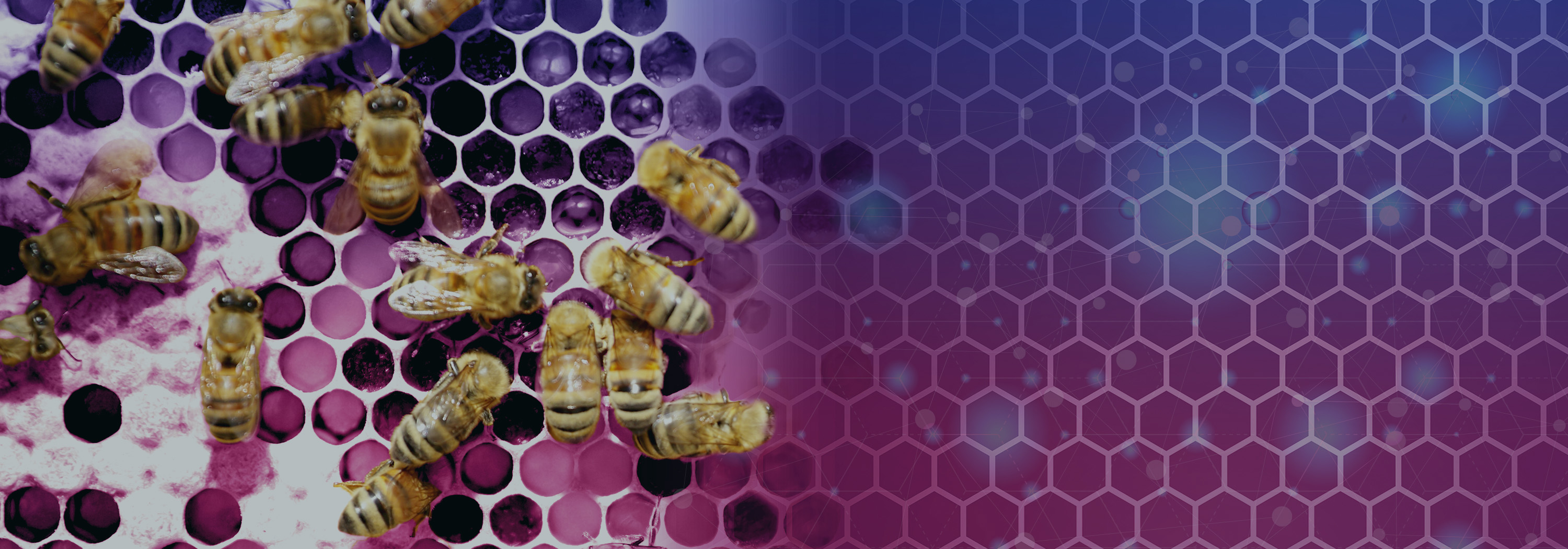By Mike Zakrzewski
Director, Cyber Technologies
Zero-trust is a security framework that requires all users accessing an organization’s resources to be authenticated, authorized, and continuously validated. While the framework has rapidly gained prominence over the last few years, there are still many myths and misconceptions regarding what zero-trust actually is and what it means for your organization.
ECS’ experts know how to guide organizations of all sizes to successful alignment with zero-trust principles, so we decided to take a moment to correct five of the biggest zero-trust misconceptions currently circulating.
Zero-Trust Misconceptions
MISCONCEPTION #1
Zero-trust is a solution or software you can implement.
The first assumption most people make when they hear about zero-trust is that it’s a product or software that will enhance their existing cybersecurity. This is inaccurate. Zero-trust is not a plug-in solution, but a set of principles and best practices designed to change prevailing mindsets and approaches to cybersecurity. The most important result of zero-trust is behavioral and value change within an organization.
MISCONCEPTION #2
Zero-trust means trusting no one, ever.
The zero-trust motto of “never trust, always verify” is often misconstrued to mean that trust and permissions should be eliminated across an entire organization. What it really indicates is a pivot away from assuming trust, which allows a user unchecked subsequent access or lateral movement throughout a network. Zero-trust assumes all network traffic is potentially malicious, meaning every user should be verified and authenticated upon every attempt to access sensitive data or systems.
MISCONCEPTION #3
Zero-trust is only about security.
While improving security is a major benefit of zero-trust, it’s not the only benefit. Zero-trust can also help to improve compliance, enhance productivity, and support the use of new technologies such as cloud computing and the Internet of Things (IoT). By adopting a zero-trust approach, you can not only improve security, but also support the evolution of your organization. Zero-trust also reduces organizational complexity and costs over the long term by reducing the number of controls needed to police a smaller base of authenticated users.
MISCONCEPTION #4
Zero-trust is a one-time implementation.
It’s important to understand that zero-trust is not a one-time implementation – it’s an ongoing process. The threat landscape is constantly evolving, and your security strategy must be able to adapt. A managed service provider (MSP) can help you continuously monitor and update your zero-trust implementation, ensuring that it remains effective over the long-term. This can help to protect your organization against new and emerging threats and ensure that your security strategy remains effective.
MISCONCEPTION #5
Zero-trust is only relevant for larger organizations.
Small and mid-size enterprises are often under the impression that, because larger organizations represent more obviously lucrative targets for cyber-attacks, they don’t necessarily need to invest in cybersecurity to the same degree. In reality, any organization that stores or processes sensitive data is at risk of cyber-attacks, making zero-trust a preferable security framework for businesses of all sizes. The growth of remote work, which has expanded security perimeters and made many organizations less secure, reinforces this.
Achieve Zero-Trust with ECS
Still struggling with how to put it all together? That’s where ECS comes in. We know how to assess your organization’s alignment with zero-trust principles, identify gaps, and deliver solutions that close them.
Don’t leave your organization vulnerable — reach out to our experts and start securing your organization with zero-trust today.






